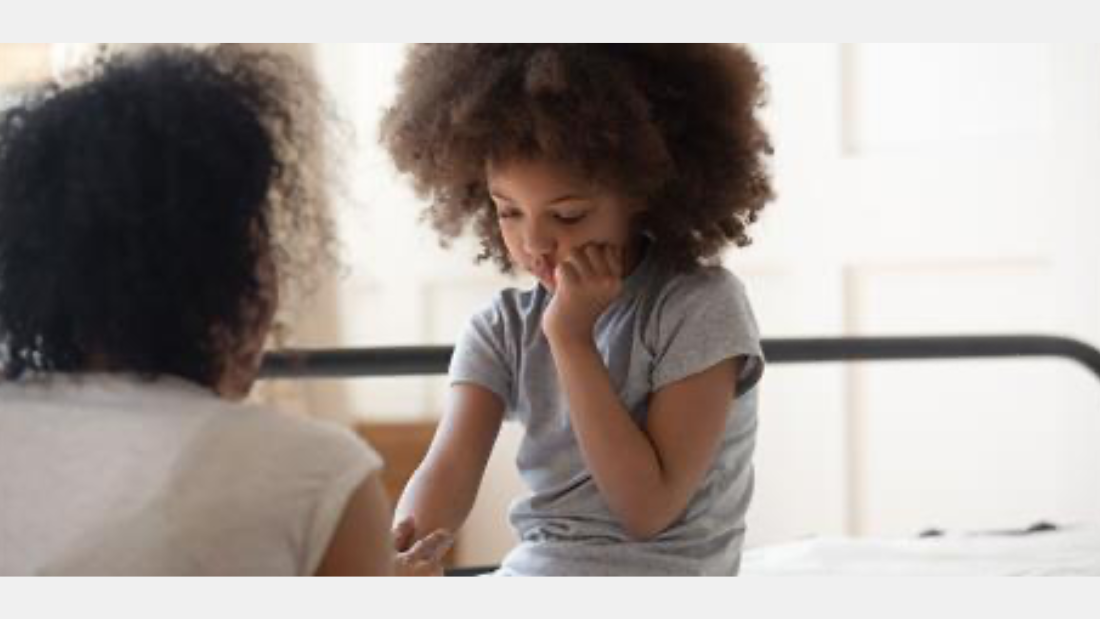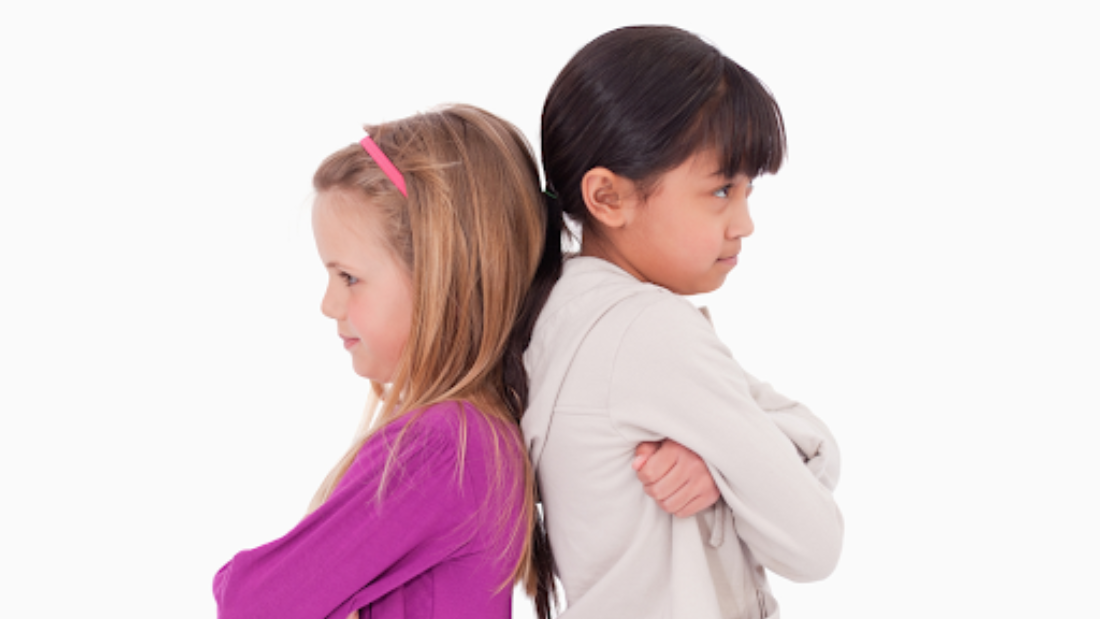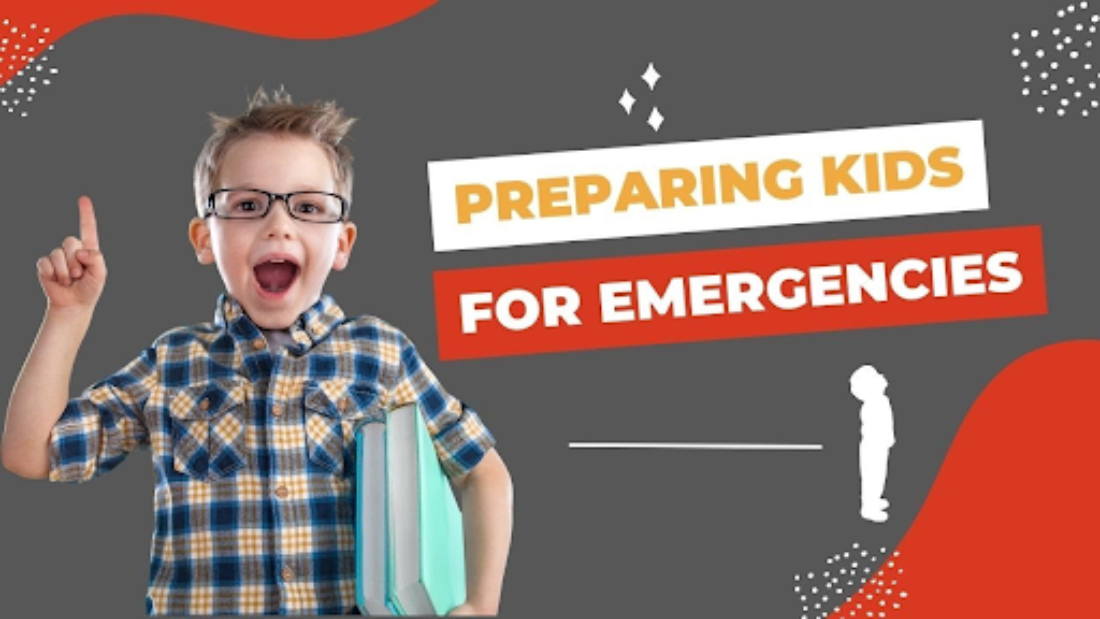In an increasingly complex world, parents often find themselves grappling with difficult conversations about mental health. The journey of teaching children about mental health awareness can feel daunting, but the reality is that every age offers a unique opportunity to instill valuable lessons. Parents can approach this vital subject matter with confidence, understanding that they are well-equipped to guide their children in a meaningful way.
For toddlers and preschoolers, conversations can be as simple as discussing feelings. Parents can introduce vocabulary related to emotions through storybooks and seasonal play. When a child expresses frustration over toys or sadness after a playdate, parents can seize these moments to label emotions. Teaching young ones that it’s okay to feel sad, happy, or angry sets a strong foundation. Simple affirmations like “It’s normal to feel that way” can help them understand that emotions are a natural part of life.
As children progress into elementary school, the conversations can become more in-depth. Parents can foster an environment of openness by sharing stories of their own feelings and coping strategies. Activities such as journaling or art projects provide children with alternative means to express their thoughts. Likewise, parents can gently guide discussions about anxiety or stress related to friendships or school performance, offering tools like deep breathing exercises or mindfulness practices. Incorporating mental health lessons into everyday scenarios, like discussing a character in a favorite show who feels anxious, can make for accessible, relatable teaching moments.
When children reach their pre-teen years, the dialogue can evolve further. They may start to encounter more significant social pressures and mental health challenges. It is crucial for parents to maintain a non-judgmental space for conversation. Encouraging kids to speak openly about their emotions can normalize these discussions, allowing pre-teens to navigate their feelings without shame. Parents can also introduce the idea of seeking help from professionals or trusted adults, making it clear that asking for help is a sign of strength, not weakness.
As teenagers, the focus shifts to empowerment and knowledge. Mental health issues often surface during adolescence, making it essential for parents to reinforce that mental health is just as important as physical health. Initiating conversations about social media’s effect on self-esteem, stress management techniques, and the importance of self-care can provide teenagers with the tools they need to understand their mental well-being. Parents can share reliable resources, encouraging their teens to educate themselves and advocate for mental health awareness in their communities.
Throughout every stage, the key lies in fostering trust and openness in the parent-child relationship. By consistently engaging in conversations about mental health in age-appropriate ways, parents can help their children build a strong foundation of awareness, resilience, and understanding. And while it may feel challenging at times, parents should remember—they are not alone on this journey, and every effort counts in nurturing future generations who prioritize mental well-being.










